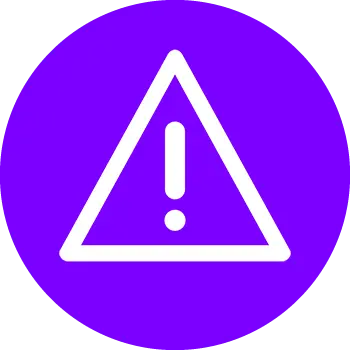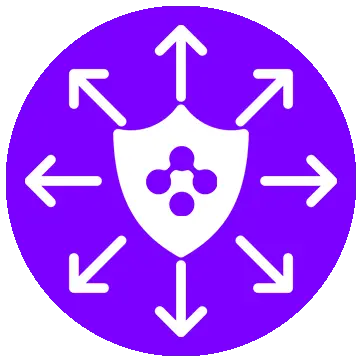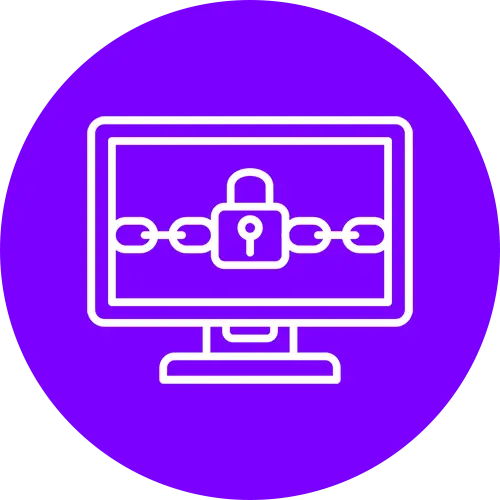Risk Assessment
Prioritization and Ranking
Prioritizing and ranking risks based on their significance, allowing organizations to focus resources on addressing high-priority risks that pose the greatest threat or potential impact.
Risk Mitigation Strategies
Developing and implementing strategies to mitigate or manage identified risks. This includes the establishment of controls, policies, and procedures to reduce the likelihood or impact of risks and enhance overall risk resilience.
Identification of Risks
Systematic identification and categorization of potential risks that could impact the achievement of organizational goals. This includes risks related to operations, compliance, technology, and other relevant areas.
Risk Analysis
In-depth analysis of identified risks to assess their potential impact and likelihood. This involves evaluating the consequences of risks and determining the organization’s tolerance for each risk.
Key Features

Comprehensive Risk Identification
Systematically identify and categorize potential risks to organizational objectives, including operational, compliance, and technology-related risks.

In-Depth Risk Analysis
Conduct thorough analysis to assess the potential impact and likelihood of identified risks, aiding in informed decision-making and resource allocation.

Prioritization and Ranking
Prioritize risks based on significance, allowing organizations to focus resources on addressing high-priority risks with the greatest potential impact.

Holistic Risk Mitigation Strategies
Develop and implement holistic strategies to mitigate or manage identified risks, including controls, policies, and procedures to enhance overall risk resilience.

Continuous Monitoring
Implement mechanisms for ongoing monitoring to promptly identify and address emerging risks, ensuring a proactive risk management approach.

Reporting and Communication
Provide clear and concise reporting on risk assessments, communicating findings and recommendations to key stakeholders within the organization for informed decision-making.
Why Technivorus ?
Selecting Technivorus for Risk Assessment services is a strategic decision based on their proven track record of excellence. Technivorus conducts comprehensive risk identification and analysis, prioritizes risks effectively, and implements robust mitigation strategies. Their commitment to continuous monitoring ensures a proactive risk management approach. With a clear focus on transparent reporting and communication, Technivorus stands out for its precision and dedication to developing tailored risk assessment solutions. Choosing Technivorus ensures organizations benefit from a thorough, strategic, and adaptable approach to identifying, assessing, and mitigating risks.
Proven Excellence
Technivorus has a track record of excellence in conducting comprehensive risk identification and analysis.
Effective Prioritization
Prioritizes risks effectively, allowing organizations to focus resources on high-priority risks.
Robust Mitigation Strategies
Implements robust risk mitigation strategies to enhance overall risk resilience
Continuous Monitoring
Demonstrates a commitment to continuous monitoring for a proactive risk management approach.
Transparent Reporting
Emphasizes transparent reporting and communication, ensuring stakeholders are informed and involved.
Tailored Solutions
Technivorus provides tailored and adaptable risk assessment solutions to meet unique organizational needs.
